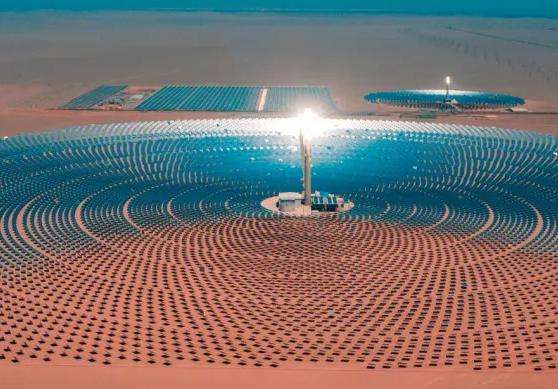A wind turbine is an electrical machine that converts wind energy into mechanical work, also known as a wind turbine. It is a thermal energy engine that uses the sun as the heat source and the atmosphere as the working fluid. This largely depends on the wind conditions at the installation location. Through meteorological measurements, a continuous wind speed curve at the installation site can be obtained. The power output increases gradually with increasing wind speed. When the wind speed continues to increase, the output power can be stabilized at the rated value by adjusting the blade pitch or other methods. There are thousands of wind turbines operating around the world and they play an important role as auxiliary energy. However, wind turbines still have some disadvantages. First, energy production is unstable, particularly glarge wind farms with low utilization rates and the absence of independent energy supply conditions. Second, the safety and reliability of wind turbines are not fully guaranteed; moreover, the cost of wind turbines is not sufficient to compete with fossil fuels in the short term.
Power generation principle
Convert wind kinetic energy into mechanical kinetic energy, and then convert mechanical energy into electrical kinetic energy. This is wind energy production. The principle of wind power generation is to use wind energy to rotate the blades of the wind turbine, then use a speed multiplier to increase the rotation speed to induce the generator to produce electricity.
According to current wind turbine technology, electricity production can begin at a breeze speed of around three meters per second (the degree of breeze). LWind energy is becoming a craze around the world because it does not require the use of fuel and does not produce radiation or air pollution.
Due to the unstable air volume, the wind turbine produces 13-25V alternating current, which needs to be rectified by the charger, and then the battery is charged, so that the electrical energy generated by the wind turbine is converted into chemical energy. Then use an inverter with a protection circuit to convert the chemical energy of the battery into AC 220V mains power to ensure stable use.
Detailed information:
Wind turbine classification:
1 .Horizontal axis wind turbine, the rotation axis of the wind wheel is parallel to the wind direction
2. Vertical axis wind turbine, the rotation axis of the wind wheel is perpendicular to the ground or ground; direction of air flow.
Advantages:
1. Clean environmental benefits;
2. Renewable and never exhausted
3. is short and can be built on land or at sea;
4. The installed capacity is flexible and the operation and maintenance costs are low.
Baidu-Wind Energy Encyclopedia














